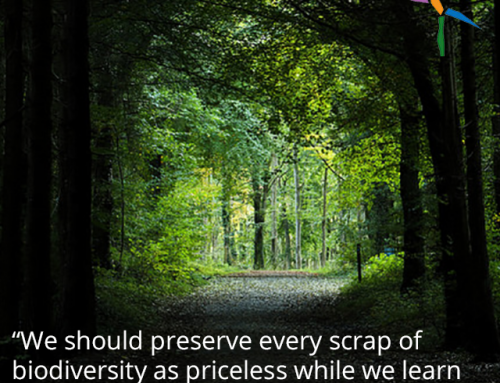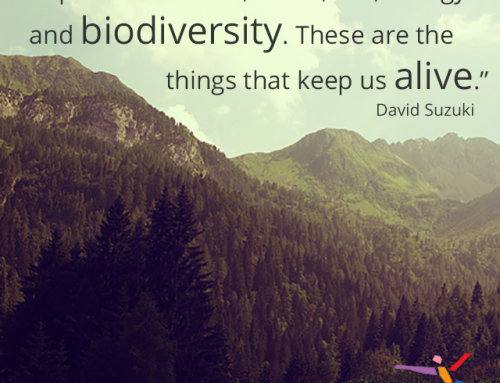Sports just aren’t about the athletes participating in them. They’re also about the fans who enjoy them and who also participate in a different way. In fact, as we’ve pointed out several times in this month of content devoted to consumerism, environmentalism and sports, it’s often the fans who can control how much carbon footprint or consumer impact a sport or sporting event has. After all, it’s the fans eating the concessions, the fans buying the gear and the fans dictating what terms a sports team or complex needs to value before they will or won’t buy a ticket to an event. One way in which fans often and unfortunately leave a significant carbon footprint behind is with tailgating activities. Tailgating is a fun, bonding time for fans, but it can leave an eco-impact. Today, we’re quantifying it as best we can by adding up the items that leave a carbon imprint when you tailgate.
Your Vehicle: The Primary Culprit
The math with vehicles is simple. The bigger they are, the more carbon footprint they make. The further they travel, the more carbon footprint they make. Unfortunately, when you scan the average tailgate parking lot, you’re going to encounter a lot of each type of culprit and no shortage of offenders of both scenarios. By default, to tailgate at a sporting event, you have chosen to drive to the event rather than take public transportation. And if you’re tailgating, chances are also high that you had to bring a lot of tailgating gear with you and therefore did not car pool. Let’s just call these “tailgating miles” and concede that they’re similar to “food miles.” And chances are pretty slim also that you’re tailgating in your small, fuel efficient car (though we have seen it happen). In fact, your average tailgate parking lot will include dozens if not tens of dozens of the biggest type of carbon emitting vehicle, the RV. America is a culture of cars, and nowhere are they on display and adding to the overall carbon footprint of the event more than at a sporting event parking lot.
Disposables. Trash. Multiply It Out!
You don’t see a lot of people at a tailgate bringing the household dishes and then re-packing them to take home and wash. Tailgates are the home of disposable plates, red plastic beer cups and lots and lots of paper trash. It may not seem like a huge amount when you’re looking at just the pile-up from your own tailgate, but when you multiply all of that waste out over the hundreds of cars at any one event tailgate and then multiple those by the potentially hundreds if not thousands of events going on and having tailgates on any given day, you’ll see that it’s actually a fairly massive amount. There are a number of ways that you can cut down on this. The first is to simply buy disposable paper and dishware items that are made from recycled materials. The second is to actually bring the household dishes and then take them home to wash! No, we’re not suggesting that you bring your fine china. Buy (yes, we said buy, sometimes it’s worth it) a set of plastic reusable outdoor dishes that won’t break. At the end of your tailgate, just throw them in a bag or in the cooler and take them home to clean.
Unrecycled Recyclables. And We’re Talking About a LOT of Beer Cans.
We have yet to see a sporting venue parking lot stacked with recycling bins (though we are sure that somewhere they exist – and that somewhere is likely San Francisco). So what are you doing with your beer (and supposedly soda and water) bottles and cans when you’re done? You are throwing them away, are you not? Admit it, you are! But would it really be all that more difficult to throw all of the beer (and other beverage) cans and bottles into a blue bag and take them home to put them out with the recycling? You’ll be packing up other gear like grills and games, so adding recyclables to that list won’t make much more work and shouldn’t overfill your car (unless you are seriously, seriously taking tailgating drinking seriously).
Pro Tip: Even better than taking your recyclables home? Petition your local sports complex or venue to install recycling bins in the parking lot to encourage tailgaters to do what’s right with their reusable trash.
Speaking Of Those Grills …
We’re not going to pretend like a tailgate is a tailgate if you’re not cooking and grilling delicious food for you and your likeminded fan friends. But it’s a matter of math again. Add up all of the fossil fuels being used by you for your grill (as well as any portable electronics or refrigerators you brought along) and then multiple it by the tens of thousands of tailgaters on any given day or night. It adds up quickly. While solar stoves aren’t powerful enough yet to fully replicate the grill experience, we’d encourage you to look into some more eco-friendly options like rechargeable electric stoves. We know your grill matters, and we don’t want to ruin your delicious tailgate food. We just want you to be conscious of the impact of creating it.
A number of members of the Postconsumers team love a good tailgate, but we try to make small changes along the way that reduce some of the carbon imprint. You can easily do this, too. Just pick one item off the list above and try to implement a change that will minimize its carbon trail.
Did we miss a way to minimize the carbon footprint of a tailgate that you want to share with us? If so, just tell us about it on one of the social media channels below.
Facebook | Twitter | Instagram | Tumblr | Pinterest | Google+





